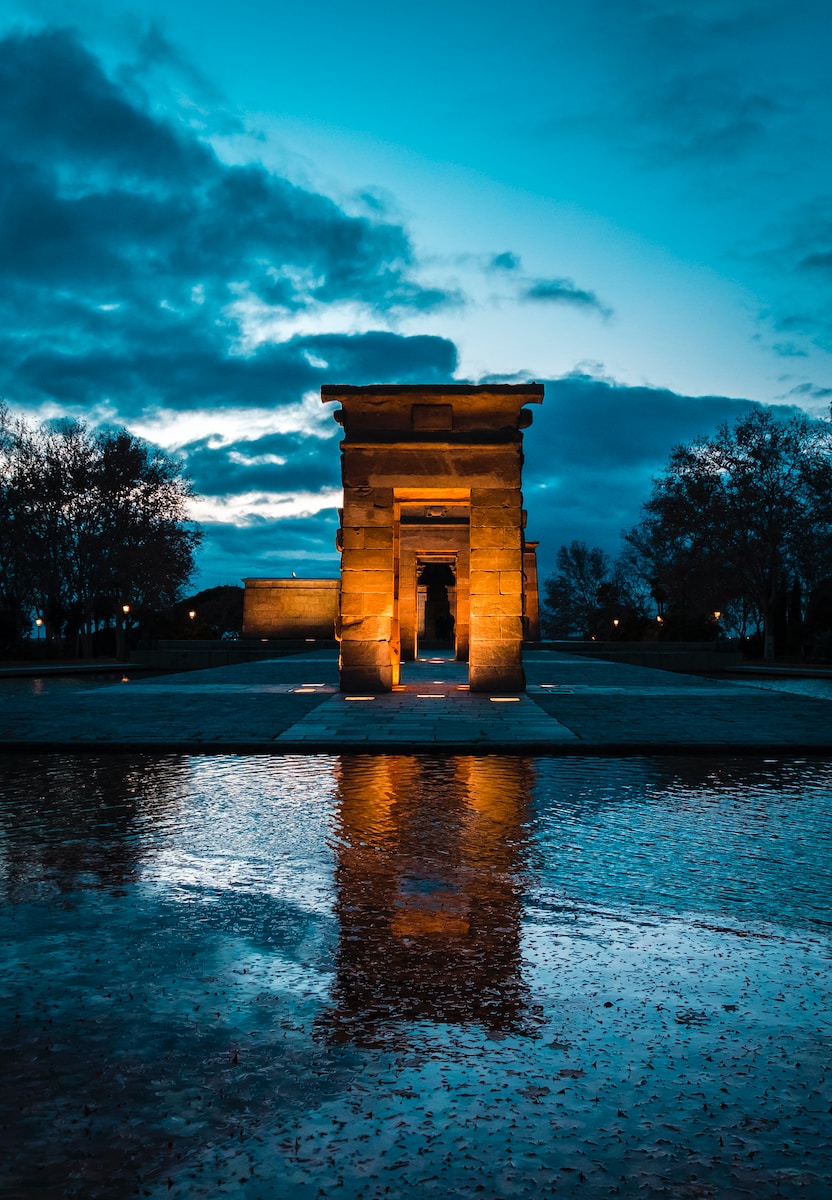Welcome back, history enthusiasts and fellow travelers, to another intriguing adventure through time and space. As we continue our journey through the annals of history, today’s destination takes us to the captivating world of Ancient Carthage. Sit back, relax, and prepare for a voyage to a civilization that once rivaled Rome, creating a tapestry of history woven with brilliance and tragedy.
The Enigmatic Carthaginians
Picture this: A coastal city on the North African shores, surrounded by the azure Mediterranean waters, its grandeur rivalling the magnificence of Rome. This is none other than Carthage, a city with a history as enigmatic as it is profound. To grasp the essence of Carthage, we must first delve into the origins of this ancient civilization.
The story of Carthage begins around 814 BC when Phoenician settlers from the city of Tyre, a thriving maritime trading power, established a colony in what is now modern-day Tunisia. Over time, this colony grew into a powerful city-state, eventually evolving into the mighty Carthaginian Empire.
The Pioneers of Maritime Power
Carthage’s unique position on the North African coast played a pivotal role in shaping its destiny. They became masters of the Mediterranean, dominating the sea with their formidable navy, rivaling the Roman Empire in its prime. Carthage’s maritime expertise was a testament to their technical and navigational prowess.
Imagine strolling along the bustling docks of ancient Carthage, surrounded by merchants haggling over exotic goods, mariners sharing tales of their daring voyages, and the rhythmic creaking of wooden ships in the harbor. Carthage was a hub of maritime trade, connecting the Mediterranean world in a vast web of commerce.
Hannibal and the Punic Wars
No discussion of Carthage is complete without mentioning the legendary Carthaginian general, Hannibal Barca. Hannibal was a military genius who is best known for his audacious march across the Alps to challenge the might of Rome during the Second Punic War. This daring feat has left an indelible mark on history, and the story of Hannibal’s elephants crossing the treacherous mountain passes is nothing short of a classic tale.
Hannibal’s military genius was a testament to the Carthaginian strategy. Their use of elephants, a formidable force on the battlefield, is a prime example of their innovation and adaptability in warfare. The Carthaginians were masters of guerrilla tactics, and their swift movements across the Italian peninsula during the Punic Wars kept Rome on its toes.
Carthaginian Culture and Society
Carthage was more than just a military power; it was a thriving center of culture and society. The Carthaginians had a rich tapestry of arts, architecture, and religious beliefs. The city was adorned with grand temples dedicated to their pantheon of gods, such as Baal-Hamon and Tanit.
One intriguing aspect of Carthaginian culture was their religious practices, including child sacrifice. The controversial practice has been the subject of much debate among historians. The Carthaginians believed that such sacrifices appeased their deities and ensured their favor in matters of war and prosperity. However, it’s essential to view this practice in the context of their time, understanding that cultural norms and beliefs can differ significantly from our modern perspective.
Carthaginian Legacy
As we explore the remnants of ancient Carthage today, it’s clear that its legacy still echoes through the pages of history. Carthage’s eventual defeat by Rome in the Third Punic War marked the end of this great civilization. The city was razed, its citizens enslaved, and its history nearly erased. But even in its decline, Carthage left behind a legacy that continues to inspire and intrigue.
The ruins of Carthage offer a glimpse into this lost world. The Roman Carthage Baths, the Antonine Baths, the Tophet, and the Odeon are just a few of the many archaeological treasures that transport us to a time when Carthage was a thriving metropolis. Exploring these ruins allows us to connect with the past and appreciate the ingenuity of Carthaginian engineering and architecture.
Conclusion
Our journey to Ancient Carthage has been a fascinating exploration of a civilization that once stood on equal footing with the mighty Roman Empire. From their mastery of maritime power to the audacity of Hannibal’s campaigns, the Carthaginians have left an indelible mark on history. As we conclude this leg of our historical travels, we carry with us a deeper understanding of a world that has long since faded into the annals of time.
I hope you’ve enjoyed this glimpse into the world of Ancient Carthage. Join me again soon as we embark on another adventure through the corridors of history, unearthing the secrets of the past and celebrating the remarkable civilizations that have shaped our world. Until then, keep exploring, keep learning, and keep traveling through time.
Thank you for being a part of my four-year journey through historical travels. Here’s to many more years of exploring the past, one fascinating civilization at a time!
